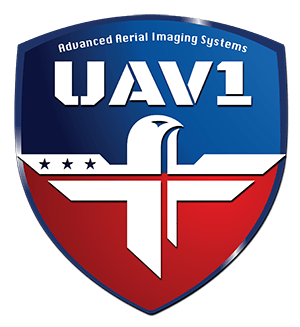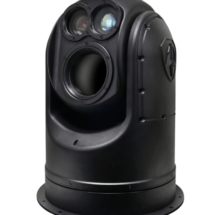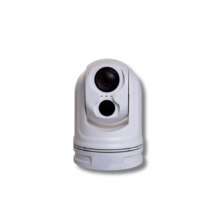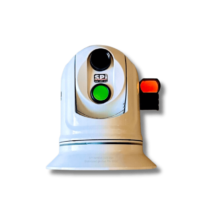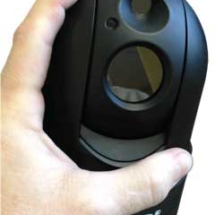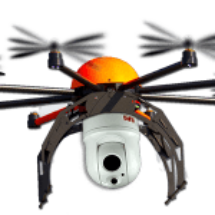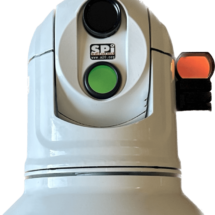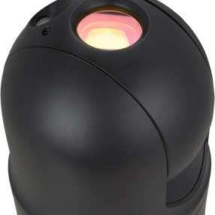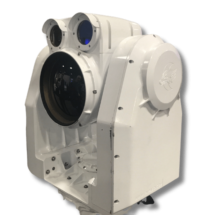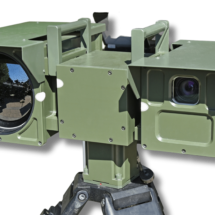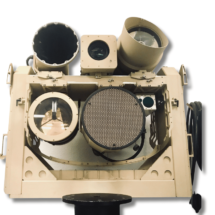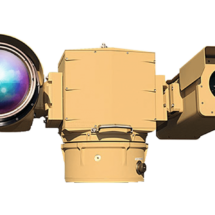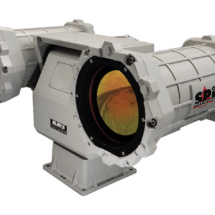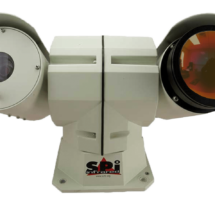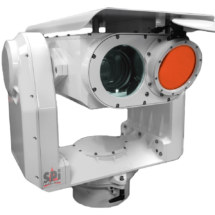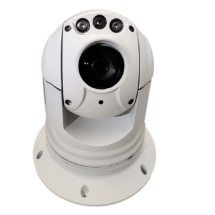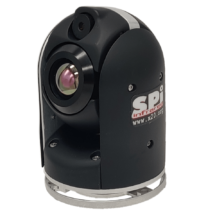What is the difference between UAVs and UAS?
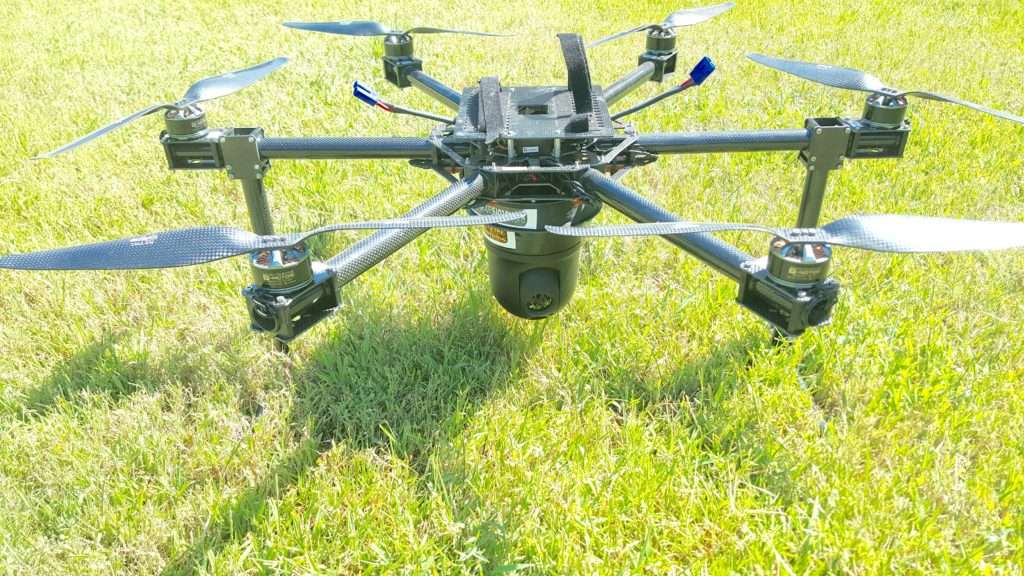
Understanding the Difference: UAVs vs. UAS

Drones, quadcopters, unmanned aircraft – there are many names that people use interchangeably when discussing the flying robots we see in the skies. However, if you delve a little deeper into the world of aerial technology, you’ll come across two terms that, while they might sound similar, refer to different concepts: UAV and UAS. This article aims to elucidate the differences between these terms and shed some light on their significance.
What is a UAV?
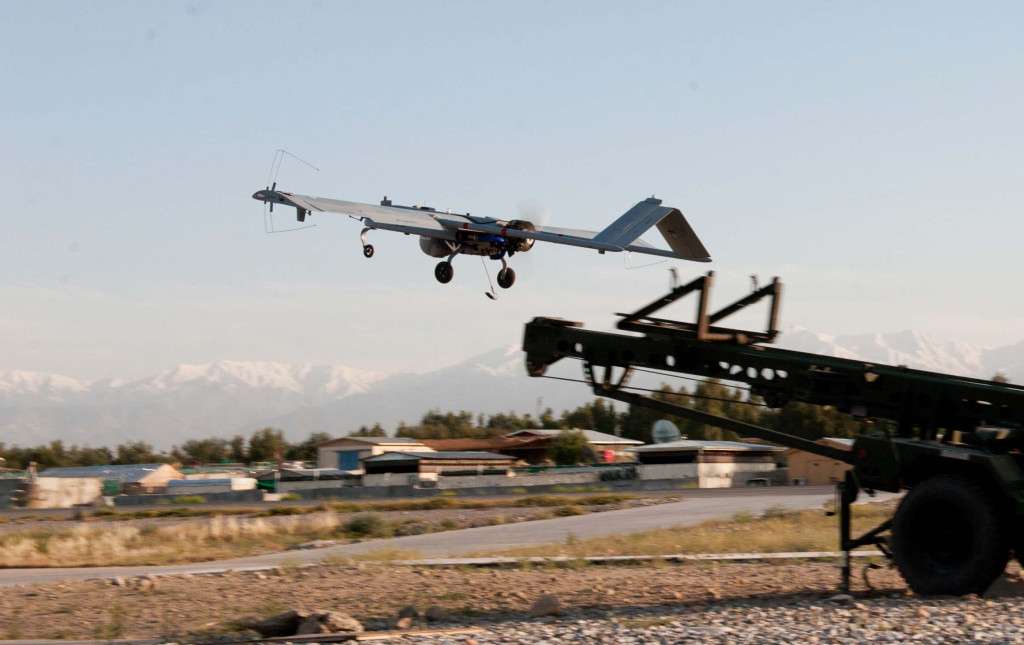
A UAV, or Unmanned Aerial Vehicle, refers to the aircraft itself. It’s the actual flying machine without a human pilot onboard. Drones that you might see hobbyists flying in the park, agricultural drones monitoring crops, or even larger drones used for military surveillance—all these are examples of UAVs.
Some defining characteristics of UAVs include:
- No Onboard Pilot: As the name suggests, UAVs do not have a pilot within the aircraft.
- Controlled Remotely: They can be controlled from a distance, either by a human operator or through automated systems.
- Varied Sizes and Shapes: From small quadcopters that fit in the palm of your hand to large aircraft with wingspans of several feet, UAVs come in a vast array of sizes and configurations.
What is a UAS?
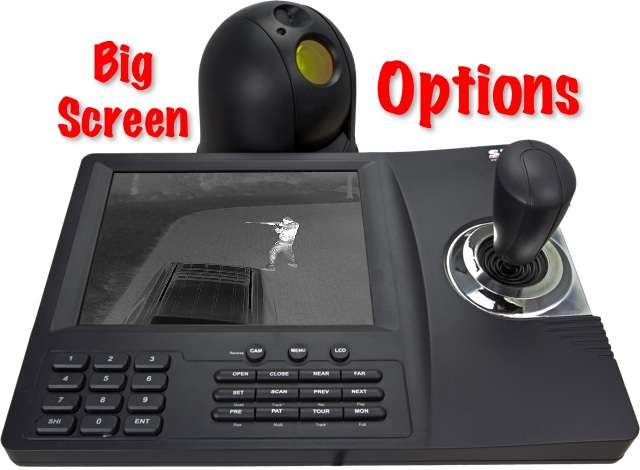
UAS stands for Unmanned Aircraft System. While the term might sound very similar to UAV, it encompasses more than just the aircraft. A UAS includes the UAV itself, the ground-based controller, and the system of communications connecting the two. In simpler terms, while the UAV is the drone you see flying, the UAS is the entire system that allows it to operate.
Components of a UAS typically include:
- The UAV: The aircraft itself.
- Ground Control Station (GCS): The equipment on the ground that controls the UAV. This might be a simple remote control, a more complex cockpit-style setup, or even a computer interface.
- Communication System: This is the link between the UAV and the GCS. It can be a wireless communication system, satellite link, or other technologies that enable the operator to control the UAV and receive data from it.
The world of aerial technology is vast and continually evolving, with many terms and acronyms that can be confusing. While we’ve already discussed the differences between UAV and UAS, let’s explore some other related terms that you might come across.
1. RPAS: Remotely Piloted Aircraft Systems
An RPAS is similar to a UAS but emphasizes the human element in control. It stands for Remotely Piloted Aircraft Systems. While many modern UAVs can operate autonomously, RPAS always have a human pilot controlling the aircraft from a remote location. The term is often used in contexts where the human role in decision-making is crucial.
2. VTOL: Vertical Take-Off and Landing
VTOL is an acronym for Vertical Take-Off and Landing. It refers to aircraft that can take off, hover, and land vertically. This capability is particularly useful in environments where runway space is limited or non-existent. Many consumer drones have VTOL capabilities, as do some military aircraft.
3. ROA: Remotely Operated Aircraft
ROA, or Remotely Operated Aircraft, is another term that is sometimes used interchangeably with UAV. However, ROA typically emphasizes the remote operation aspect, meaning there’s always a human in the control loop, similar to RPAS.
4. ADS-B: Automatic Dependent Surveillance–Broadcast
ADS-B stands for Automatic Dependent Surveillance–Broadcast. It’s a surveillance technology that allows aircraft to determine their position via satellite navigation and broadcast it, enabling them to be tracked. It’s a crucial technology for integrating manned and unmanned aircraft into the same airspace safely.
5. BVLOS: Beyond Visual Line of Sight
BVLOS stands for Beyond Visual Line of Sight. It refers to drone operations where the drone flies beyond the visual range of the pilot or operator. BVLOS operations are of significant interest for many commercial applications, such as delivery or large-scale agriculture monitoring. However, they often require special permissions due to safety concerns.
6. sUAS: Small Unmanned Aircraft Systems
The term sUAS stands for Small Unmanned Aircraft Systems. It refers to UAS that weigh less than a certain threshold (often 55 pounds or 25 kilograms, including the aircraft and payload). sUAS regulations are typically less stringent than those for larger drones, given their reduced risk potential.
Welcome To UAV1
All Things Thermal
At UAV1 we specialize in advanced thermal, night vision, and IR imaging cameras and systems. We custom design and build comprehensive long range surveillance cameras for mounted, vehicle, and mobile imaging operations.
Long Range Thermal Imaging PTZ Cameras
Long Range Thermal PTZ Cameras with IR rangefinders, auto-tracking, and up to 60km detection range.
Thermal Drone Cameras For Commercial and Personal Use
Micro thermal cameras designed specifically for drones, UAVs, and UAS, some weighing less than 160 grams, for extended range observation.
Night Vision Products
Night vision scopes, clip-on sights, accessories, and goggles tailored for military and hunting applications.
About UAV1
At UAV1, we harness the power of thermal imaging to offer solutions tailored to your company’s specific needs. Whether you’re looking to monitor infrastructure, conduct surveillance in low-light conditions, or detect energy inefficiencies in buildings, our state-of-the-art thermal cameras can provide unparalleled insights.
But why choose UAV1?
- Advanced Technology: Our thermal cameras are equipped with high-resolution sensors, ensuring that you receive clear and detailed thermograms for accurate analysis.
- Versatility: Suitable for a range of applications, our solutions can be customized to fit your industry’s requirements.
- Expertise: Our team of professionals is well-versed in the intricacies of thermal imaging, ensuring that you get the most out of our technology.
- Continuous Support: From initial consultation to post-deployment assistance, we’re with you every step of the way.
Thermal imaging is more than just a tool; it’s a window into a world unseen. Discover its potential and elevate your company’s operations to new heights. To explore how UAV1 can be your partner in this journey, contact us today.
Contact To Get Pricing, Details, Or Schedule a Demo For Our Thermal Cameras
FAQs
About SPI Corp
Yes, our headquarters are located strategically in Las Vegas, NV, a designated testing area for drones by the Federal Aviation Administration The perfect location to develop prototype custom thermal imaging systems for use on UAV surveillance & drone research & applications.
Yes, but the buyer acknowledges that if purchased items and services are destined for export (as defined in 22 CFR 120-130), BUYER has the complete responsibility and agrees to comply with all export laws and regulations of the U.S. Department of Commerce and the U.S. Department of State.
Yes,SPI Corp provides full service support from creating the design to building and installing the system. Contact us for more information.
